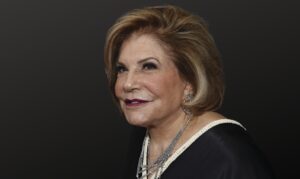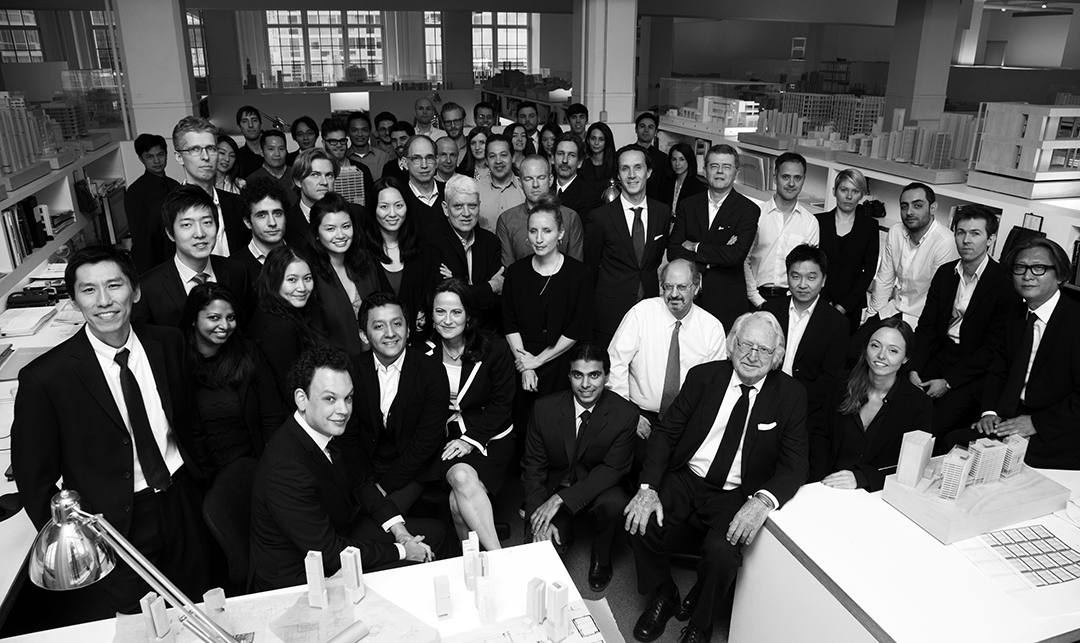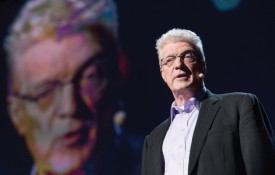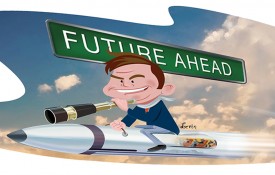“Where are you from?” is a simple question to answer for most people, but for Girisha Chandraraj, finding the right answer has always been a challenge. Because his dad worked for organizations associated with the World Bank and United Nations, Chandraraj was constantly challenged to adapt to new environments, find his footing quickly, and make a home in places he had never before been.
Although he was born in London, it wasn’t long before his father’s work took the family to West Africa. Chandraraj spent most of his early childhood in Sierra Leone and Liberia, as his father worked diligently to ensure funds distributed to these countries were appropriated correctly and used with transparency. In the international schools where his early education took place, Chandraraj was surrounded by other international students and the children of that country’s elite.
Sri Lankan by descent, Chandraraj always felt like an outsider in West Africa and quickly learned what it was like to exist in the peripherals of his own community. He only spent one year of his life in Sri Lanka, so wasn’t around Sri Lankans—aside from his immediate family—for most of his childhood. When his older sister was planning to head to college, their parents wanted her to have a stronger higher education experience than West Africa could offer but weren’t willing to have the family separated by multiple oceans, so they moved to Connecticut.
This dynamic of moving around and trying to fit in equipped Chandraraj with skills: He became an expert at making friends quickly, understanding social dynamics, mastering new systems, and figuring out how to contribute to unfamiliar settings. These skills became the foundation for his professional success as an innovator, business transformer, and leader.

ROOTED IN CONSULTANCY
Preparing for college, Chandraraj was stuck between following his own career dreams and living up to his parents’ expectations. “If you know anything about South Asian communities, there’s, like, two professions that you go into as a South Asian: You either become a doctor or an engineer,” Chandraraj says. He couldn’t think of more off-putting options as his career choices; the thought of diving into school for the next 10 years to become a doctor made his head spin. To make matters worse, the U.S. had favorable immigration laws for doctors at the time, offering visas for foreign nationals who wanted to pursue the profession.
He knew that this was too important a decision to settle for “fitting the mold,” but he wasn’t sure what he wanted to do instead. His sister, who had become an engineer largely to please their parents, wanted her younger brother to avoid her mistakes.
Feeling a bit lost, but leaning on his talents in math, Chandraraj convinced his parents to let him double major in math and economics, and he hoped that, at some point along the way, he’d figure out how to apply these skills professionally. In college at Boston University, he fought to get internships and as much exposure to the business world as possible; he loved solving complex problems and found that he really excelled in that space.
After graduating, the eager young professional jumped into the world of management consulting. He finally felt like he was having a real impact on real companies, helping them navigate changing times and getting to the root of problems. As a retail consumer products consultant, Chandraraj worked with brands like J. Crew and Ann Taylor. These brands were admired by his parents, and he finally felt like he was able to bridge the gap between what he wanted for himself and the future his parents had envisioned for him.
“When we first came to America, my dad used to take me to the mall, and he would always walk around when I was a kid like, ‘This is American capitalism.’ It was the ’90s, malls were reigning supreme, and so he would always be in awe of it.”
This retail experience happened when e-commerce was starting to take hold in consumer spaces, challenging brands to adapt to the digital landscape or get left behind. Chandraraj helped massive companies reconfigure their business strategies, implement new systems and technologies, and understand how to compete with digital tools.
On the flip side, this experience taught him to try new things and get comfortable with failing fast. Being a consultant shaped how Chandraraj approaches business problems, and he still feels its influence today, working as a CEO of a major organization. “In many ways, I can kind of view myself still through the lens of a consultant,” he says. “You can take the guy out of consulting, but you can’t take the consulting out of the guy. I’m just wired that way and I think about business through that lens, for better or worse.”

Careismatic Brands is a conglomerate of clothing and footwear brands for medical professionals, schools, and more
CAREISMATIC BRANDS 2.0
Self-labeled as “not an entrepreneur founder,” Chandraraj feels like he’s always been wired a bit differently from the leaders that take on those roles. Though he struggles to come up with new (entrepreneurial) ideas, as an innovative thinker he excels at turning good ideas into great ideas. He has always been attracted to roles that let him flex those muscles, but he feels that attraction is mutual.
“I think there’s a bit of selection bias in it. Like, they’re attracted to me, and I’m attracted to the role,”
As he stopped feeling challenged by consulting, building a skill set that would take him beyond traditional consulting became his focus. Because of the natural adjacency to his current roles, honing in on digital marketing and digital strategies set him apart from other leaders being considered for CEO roles, and after a series of career moves, Chandraraj was brought into Careismatic Brands to lead the company as CEO.
A conglomerate of clothing and footwear brands for medical professionals, schoolchildren, and more, Careismatic Brands used to be primarily a wholesaler. It worked as a supplier for smaller retailers that sold to consumers, but with the rising prominence of e-commerce markets, it had to adapt. Chandraraj was a driving force behind that adaptation. As the first non-founder CEO of the company, he was able to bring in a fresh perspective and overhaul business operations enough to stay competitive in current markets.
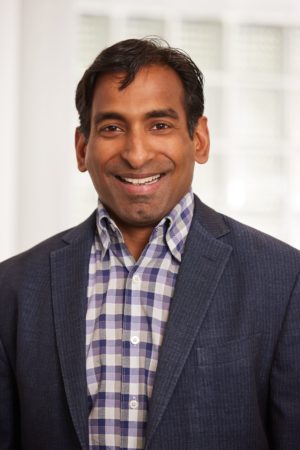
Working on what he refers to as “CBI 2.0,” Chandraraj led the organization through a transformation, taking it from operating as a conglomerate of multiple brands to a cohesive, strategic business that has its own platform and technologies. These types of transformations require internal cultural shifts, which can be difficult to deliver as an outsider, but his entire life had been preparing him for this challenge.
Operating on a foundation of transparency and communication, he let the numbers justify decisions and tried to be as open about all the changes as possible. Now, Careismatic Brands is competing in more channels than ever, amplifying its market share, operating cohesively, and finding success in the digital landscape of today. All of these complex challenges were navigated successfully because Chandraraj utilized his business acumen and ability to navigate unfamiliar environments to connect with his leadership team, illustrate his vision, and adjust the company’s direction.
Today, Careismatic Brands innovates on the product side by using more sustainable source materials, like rPET (recycled polyester made from recycled plastic bottles), and adding bacteria-killing properties to its medical clothing lines. The customer experience also changed, becoming more direct and digital. With a chuckle, Chandraraj admits that though he never became a doctor, the entire profession relies on his innovative business approach to get the supplies they need to do their jobs. There’s no doubt that he’s earned his parents’ pride.









